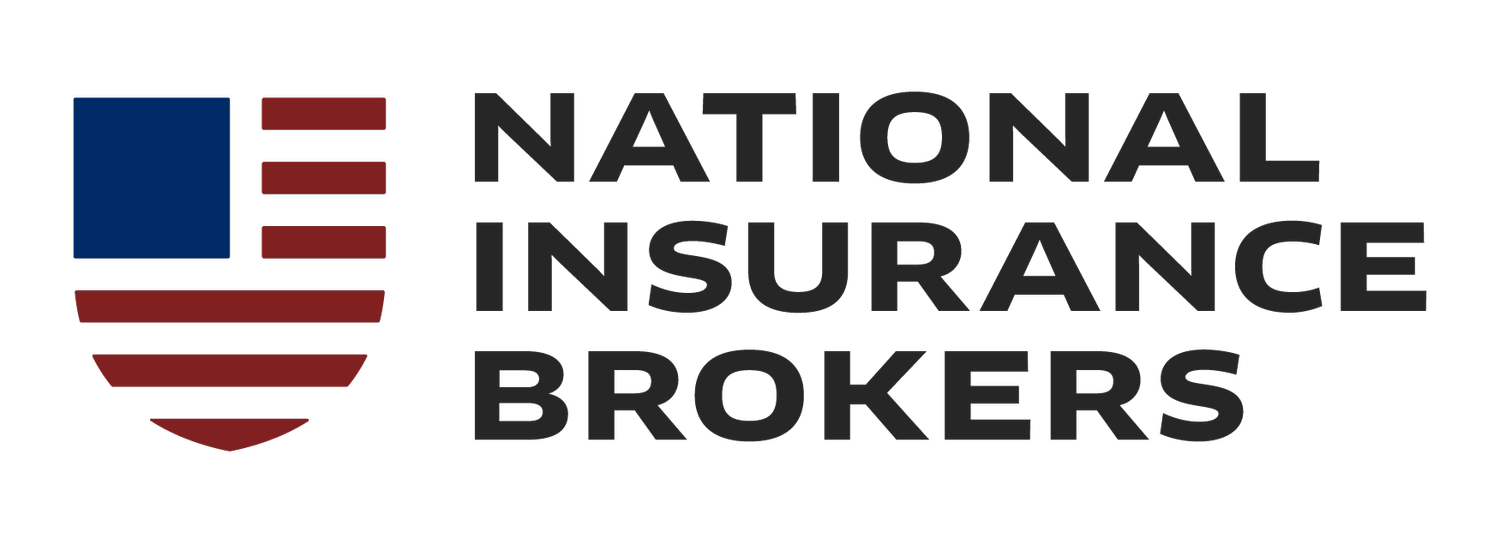2023 Lessons in Property & Casualty Insurance
Insurance protects small businesses and individuals from unexpected risks and losses in an unpredictable world. Property insurance and casualty insurance offer protection against damage to physical property (such as buildings and vehicles) and general liability insurance for events that cause harm to others or their property.
National Insurance Brokers is your trusted partner in securing comprehensive commercial property and casualty insurance. With expertise in commercial property insurance, casualty insurance, property insurance, property and casualty insurance, and workers compensation insurance, we are committed to protecting your assets and mitigating risks.
The insurance landscape constantly evolves, and staying informed about the latest trends, regulations, and best practices is crucial for making informed decisions. As such, we will explore the importance of property insurance and casualty insurance and delve into the key lessons learned in 2023.
Rising Frequency and Severity of Natural Disasters
The frequency and severity of natural disasters are on the rise, posing a significant concern worldwide. In recent years, devastating hurricanes, wildfires, floods, and earthquakes have become more common occurrences.
These natural disasters have profoundly impacted communities and economies, resulting in staggering financial losses and damages totaling billions of dollars. For example, Canada is currently facing a continuous string of unprecedented wildfires contributing to property loss.
Individuals and businesses have been greatly affected by these catastrophic events. It is crucial to draw lessons from these experiences and recognize the importance of adequate property insurance coverage covering personal property and business interruption insurance.
Commercial P C Insurance and its related coverages, such as commercial property insurance, casualty insurance, property and casualty insurance, and workers' compensation insurance, play a vital role in safeguarding businesses against unforeseen losses.
Additionally, having business property insurance, commercial property coverage, and business interruption insurance can help mitigate risks and provide financial support during challenging times.
Commercial insurance coverage like general liability insurance, commercial insurance, and commercial property insurance policy offer comprehensive protection for businesses. They encompass various aspects, such as actual cash value, commercial insurance coverage, casualty insurance property, business owners policy, commercial auto insurance, professional liability insurance, and general liability coverage.
These coverages address critical areas like liability claims, medical expenses, business operations, commercial lines insurance, workers' compensation, and the ability to cover costs related to small businesses. Inland marine insurance and ocean marine insurance are additional specialized coverages that can be considered based on specific business needs.
Evolving Risk Landscape
We must implement effective risk control strategies to stay vigilant and adapt to the evolving risk factors that can significantly impact businesses and individuals. In recent years, we have witnessed the emergence of new risks that have far-reaching implications for commercial insurance coverage.
Understanding these risks, learning from past experiences, and implementing proactive risk assessment strategies are essential for navigating the ever-changing insurance landscape.
One of the most prominent emerging risks is climate change. The increasing frequency and severity of extreme weather events, such as hurricanes, floods, and wildfires, pose significant challenges to insurers and policyholders. These include bodily injury and damaged property. A comprehensive casualty insurance policy, including bodily injury coverage, protects against these perils.
Another evolving risk factor is cybersecurity. As technology advances, so does the threat of cyberattacks. Businesses today rely heavily on digital systems and data, making them vulnerable to cyber risks such as data breaches, ransomware attacks, and business disruption. Digital property insurance coverage, like professional liability insurance for cyber risks, has become increasingly important. They have policies addressing data breaches, network security, and cyber liability expenses.
Proactive risk assessment and tailored small business insurance solutions have become imperative. Businesses and individuals must actively evaluate their unique risks, considering both traditional and emerging perils.
This involves conducting thorough risk assessments, engaging with insurance professionals to understand coverage options, and customizing liability policies to address specific vulnerabilities.
Lessons from past climate-related disasters highlight the importance of comprehensive commercial property coverage, including flood insurance. Recognize potential risks and ensure your business insurance coverage adequately addresses these new challenges.
We must consider business interruption and contingent business interruption coverage to protect against the financial consequences of climate-related events. By taking a proactive approach, policyholders can ensure they have the right insurance coverage to protect themselves from the evolving risks they face.
Technology's Influence on Insurance
Technology has revolutionized various aspects of the business property insurance and casualty insurance industry. It has significantly changed underwriting and claims processing, enhancing the overall customer experience.
The adoption of advanced analytics and AI has greatly impacted underwriting practices. An insurance company can now leverage vast amounts of data to gain deeper insights into risk assessment and pricing. Machine learning algorithms can analyze historical data, identify patterns, and make more accurate predictions, enabling insurers to improve their underwriting decisions.
Similarly, technology has revolutionized claims processing, streamlining and expediting the entire process. An insurance company using automation and AI-powered systems can efficiently handle claims intake, document verification, and even assess damages through image analysis and computer vision.
When we conduct business in this manner, it results in faster claims resolution and improved customer satisfaction. However, challenges remain in striking the right balance between automation and the human touch. Some complex claims require subjective judgment and empathy.
Furthermore, technology has reshaped the customer experience in business property and casualty insurance. An insurance company can now offer self-service portals, mobile apps, and chatbots for commercial property coverage. It enables policyholders to access policy information, file claims, and receive assistance conveniently.
The shift towards digital interaction has improved accessibility and responsiveness while empowering customers to manage their insurance needs more independently.
There are numerous benefits of leveraging technology in business property and casualty insurance. It allows for more efficient processes, reduced costs, improved accuracy, and enhanced customer satisfaction.
However, challenges accompany the adoption of technology in insurance. The rapid advancement of technology requires every insurance company to keep pace with evolving tools and platforms.
Customer-Centric Approaches
There has been a notable shift towards customer-centricity in the business property insurance and casualty insurance industry. Companies recognize the importance of meeting the evolving needs and expectations of policyholders.
One of the key lessons learned is the importance of understanding and adapting to customer expectations. Today's policyholders seek convenience, transparency, and tailored solutions. They expect insurers to provide personalized liability policies from general liability insurance that meet their unique needs and preferences.
Changing demographics also play a vital role in shaping customer-centric approaches. The rise of younger generations, such as Gen Z, has shifted priorities and expectations. These tech-savvy individuals value digital experiences, quick response times, and seamless interactions.
Moreover, effective communication is paramount in delivering a customer-centric experience. Clear and transparent communication at every stage of the insurance journey helps build trust and maintain strong relationships with policyholders.
Insurers have learned that proactive and timely communication can greatly enhance the customer experience. Leveraging various communication channels, such as email, social media, and even virtual assistants, allows insurers to engage with customers in their preferred modes of communication.
Conclusion
The rising frequency and severity of natural disasters highlighted the importance of adequate property and casualty insurance coverage and risk mitigation strategies. Insurers and policyholders must recognize the changing landscape. They must ensure they adequately address potential risks while implementing proactive measures to minimize vulnerability.
For expert guidance and comprehensive insurance products tailored to your specific needs, contact us today to secure reliable property coverage and confidently navigate evolving risks.

